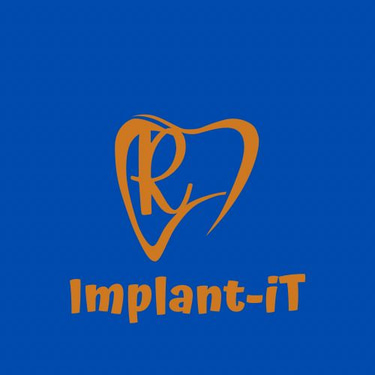Exploring the Crucial Role of Gum Cleaning
Why and How ?
Dr Ramz Hawai
8/16/20232 min read


Exploring the Crucial Role of Gum Cleaning in Dentistry: A Comprehensive Research Perspective
Introduction
Oral hygiene is the cornerstone of maintaining optimal dental health, and while brushing and flossing are commonly known practices, gum cleaning often takes center stage in achieving comprehensive oral care. In this research article, we delve into the profound significance of gum cleaning in dentistry, examining its impact on gum health, overall well-being, and the prevention of oral diseases.
Gum Health: A Window to Overall Wellness
Gums, also known as gingiva, are the protective tissues that surround and support teeth. Healthy gums are essential not only for maintaining oral health but also for safeguarding overall well-being. Recent research has shown a strong link between gum health and systemic conditions like cardiovascular disease, diabetes, and respiratory infections.
Preventing Gum Diseases
1. Gingivitis: Neglecting gum cleaning can lead to gingivitis—an early stage of gum disease characterized by inflammation, redness, and bleeding gums. Regular and effective gum cleaning helps prevent the accumulation of plaque and bacteria, which are primary contributors to gingivitis.
2. Periodontitis: When gingivitis is left untreated, it can progress to periodontitis, a more severe form of gum disease that can lead to gum recession, bone loss, and tooth mobility. Proper gum cleaning is instrumental in removing the bacteria and toxins responsible for periodontal destruction.
Mechanism of Gum Cleaning
Effective gum cleaning targets the removal of plaque—a sticky film of bacteria that forms on teeth and gums. While brushing cleans the outer surfaces of teeth, gum cleaning focuses on cleaning the gumline and spaces between teeth.
Methods of Gum Cleaning
1. Brushing Technique: Using a soft-bristle toothbrush, gently brush the gumline in a circular motion to remove plaque and stimulate blood flow to the gums.
2. Flossing: Regular flossing removes debris and plaque from between teeth, preventing gum irritation and inflammation.
3. Interdental Brushes: These small brushes clean the spaces between teeth, where regular toothbrushes might not reach effectively.
4. Water Flossers: Water flossers use a stream of water to remove food particles and bacteria from the gumline and between teeth.
Benefits Beyond Oral Health
1. Systemic Health: Maintaining healthy gums contributes to overall well-being by reducing the risk of systemic diseases linked to oral health issues.
2. Enhanced Aesthetics: Healthy gums contribute to a beautiful smile by maintaining proper tooth alignment and gum contour.
3. Preserving Natural Teeth: Effective gum cleaning prevents gum diseases that could lead to tooth loss, preserving natural teeth for a lifetime.
Conclusion
Gum cleaning is not just a dental routine; it's a proactive step towards safeguarding your oral and overall health. By embracing proper gum cleaning techniques, individuals can prevent gum diseases, maintain their natural teeth, and contribute to their overall well-being. Dental professionals play a crucial role in educating patients about the importance of gum cleaning and guiding them towards achieving optimal gum health. As scientific research continues to illuminate the interconnectedness of oral and systemic health, the significance of gum cleaning remains a fundamental practice in the realm of dentistry.
